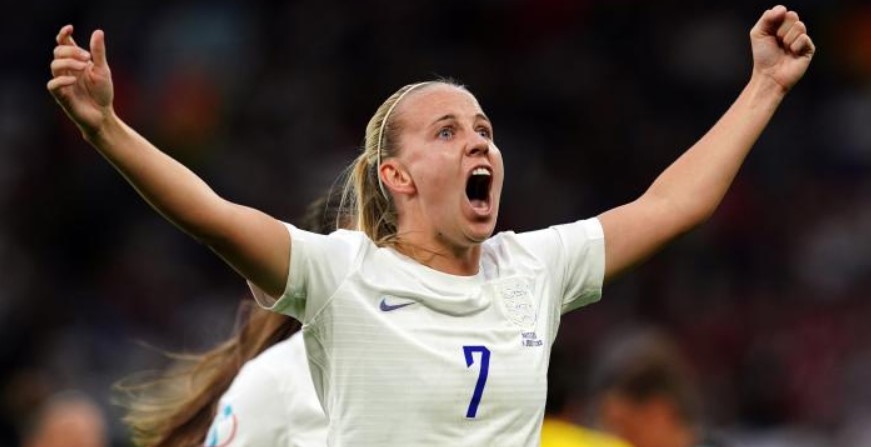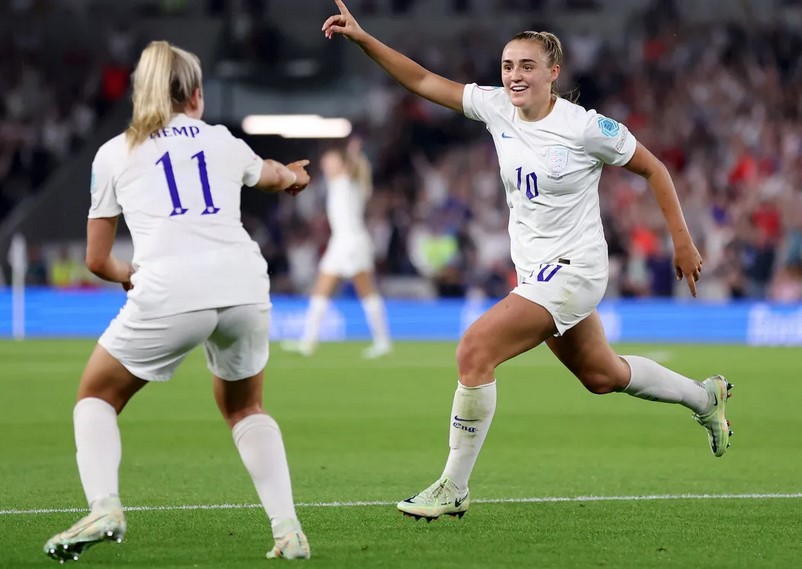Women’s football has been gaining momentum in recent years, with more fans, sponsors, and media coverage than ever before. But is this growth sustainable, or is it just a passing fad? In this article, we’ll explore the reasons behind the rise of women’s football and why it’s likely here to stay.
The Rise of Women’s Football
In the past, women’s football was often overlooked and underfunded compared to the men’s game. However, in recent years, there has been a significant shift in attitudes towards women’s sports, including football. With campaigns like #WomensFootball and initiatives to promote gender equality in sports, more fans have been tuning in to watch women’s matches.
Investment and Sponsorship

Another crucial factor in the sustainability of women’s football is the increasing investment and sponsorship opportunities. Major brands are recognizing the potential of women’s sports and are supporting female athletes and teams. This financial backing has allowed women’s football to grow and thrive, with more leagues, tournaments, and development programs being established around the world.
Grassroots Initiatives
At the grassroots level, there has been a concerted effort to promote and develop women’s football. From youth academies to community programs, more girls are being given the opportunity to play the sport and hone their skills. This investment in the future of women’s football is essential for its long-term success and sustainability.
Equality and Inclusion

One of the key reasons why the women’s football revolution is likely here to stay is the focus on equality and inclusion. As society becomes more aware of the importance of gender equality, more support is being given to women’s sports. This inclusivity has led to a more diverse and competitive women’s football landscape, with players from all backgrounds and abilities being welcomed and celebrated.
The Future of Women’s Football
With all these factors in play, it’s clear that the women’s football revolution is not just a passing trend. The growth and success of women’s football in recent years have proven that there is a strong and dedicated fan base for the sport. As long as there is continued investment, support, and promotion of women’s football, it is likely to continue its upward trajectory for years to come.
Conclusion
In conclusion, the women’s football revolution is here to stay. With increasing popularity, investment, and support, women’s football is well-positioned to continue its growth and success in the coming years. So, if you haven’t already, now is the perfect time to join the millions of fans who are cheering on their favorite women’s teams and players.
